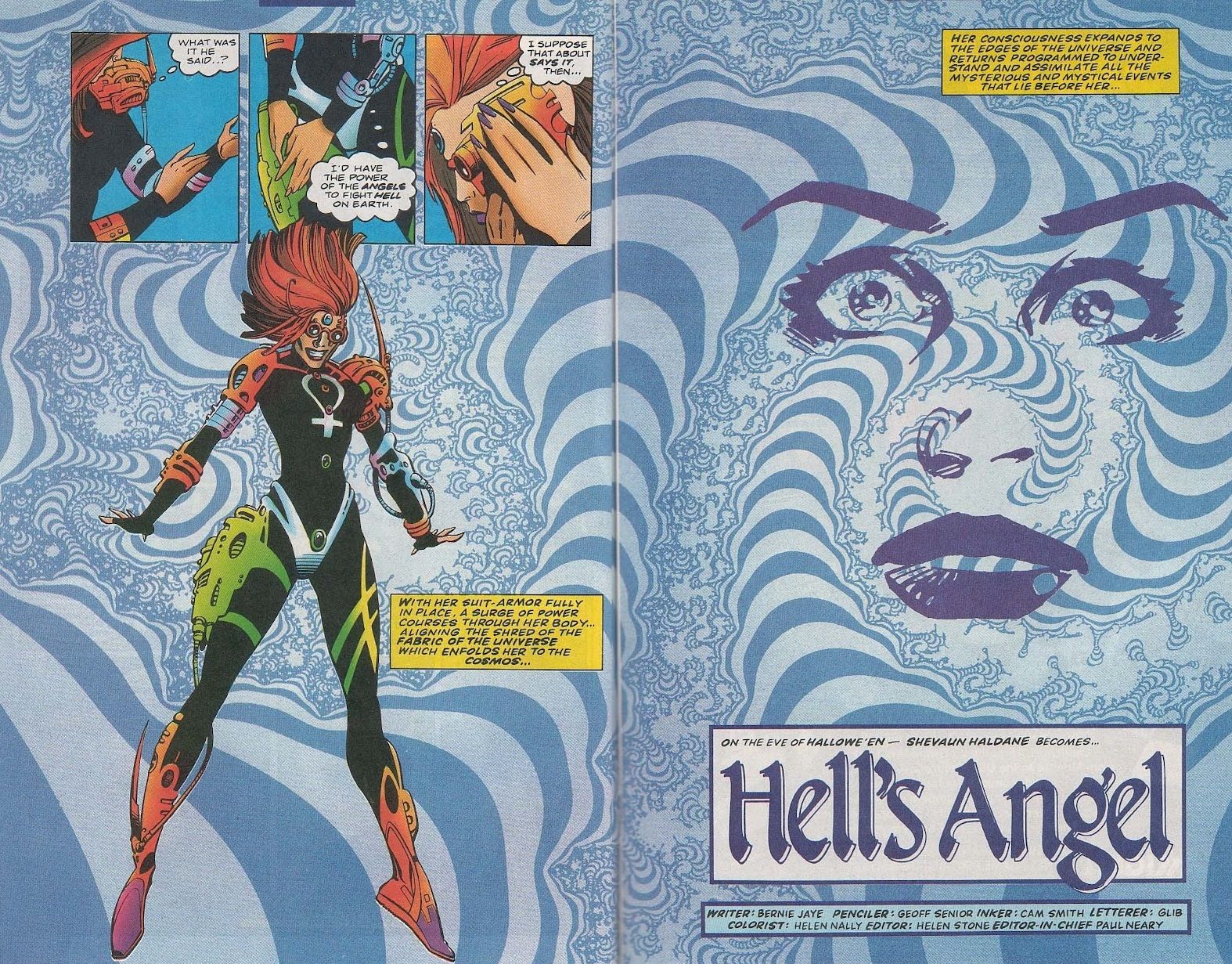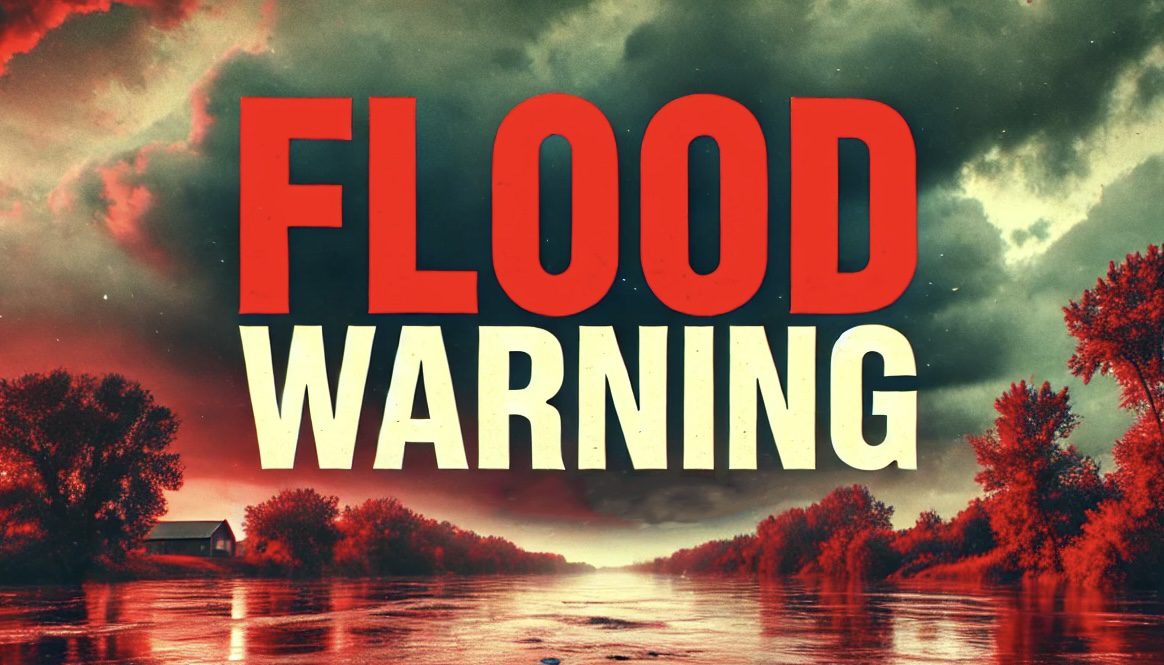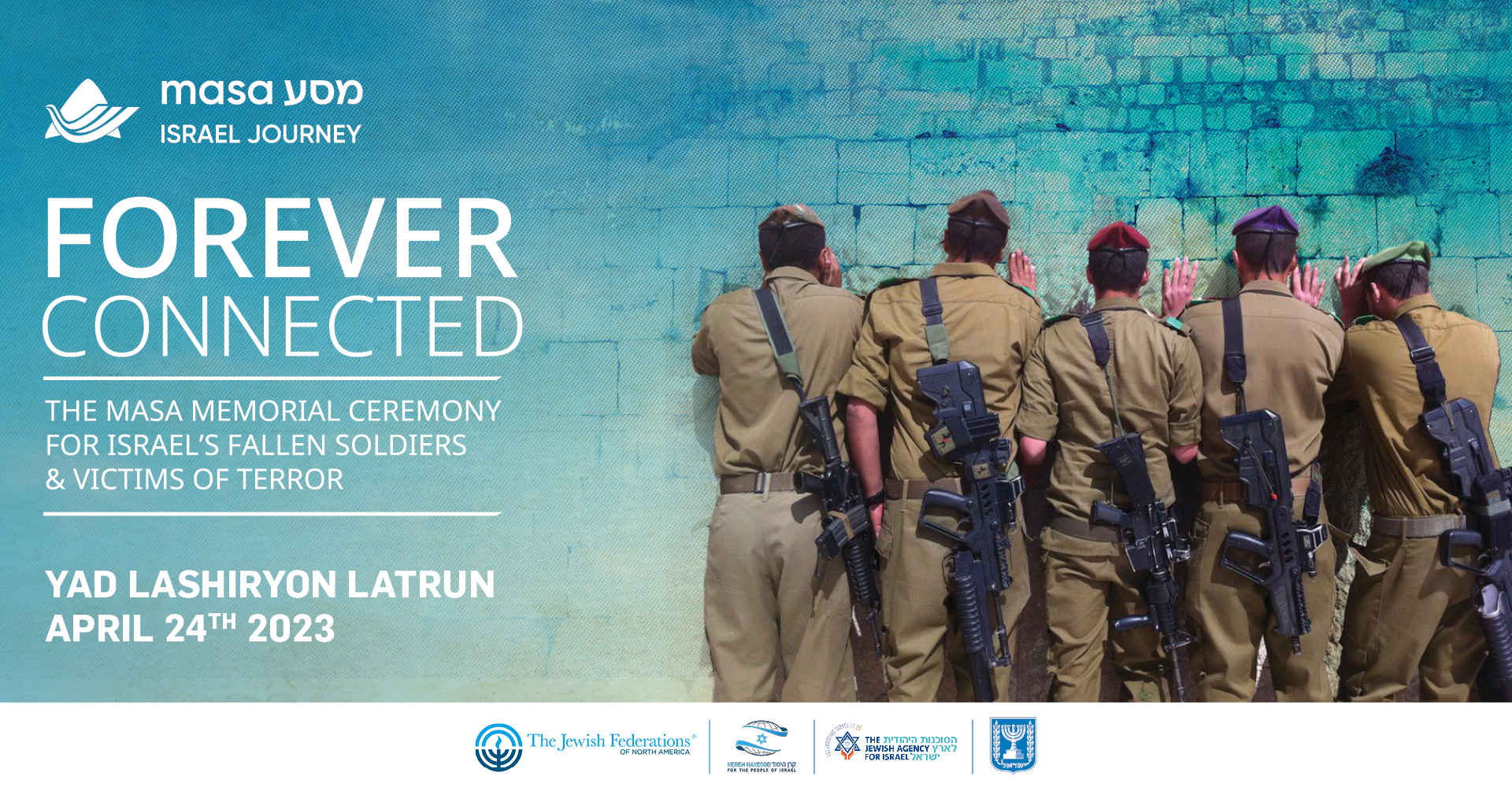The History And Evolution Of The Hells Angels

Table of Contents
The Genesis of the Hells Angels (1948-1950s)
Founding and Early Years
The Hells Angels MC officially emerged from the post-war boom in Southern California, in 1948. Founded in San Bernardino, its initial members were primarily veterans returning from World War II, drawn together by their shared love of motorcycles and a thirst for camaraderie. Their early activities were relatively tame, consisting largely of motorcycle racing, social gatherings, and the creation of a distinct biker identity within the burgeoning motorcycle culture.
- Location of founding: San Bernardino, California.
- Initial membership profiles: Primarily World War II veterans, working-class men.
- Early club activities: Motorcycle racing, bar gatherings, establishing club identity and rituals.
Early Conflicts and the Establishment of a "Brotherhood"
The Hells Angels' early years were not without conflict. As the club grew, tensions arose with rival motorcycle gangs, leading to increasingly violent clashes. These confrontations helped solidify the club's internal structure and rules, fostering a strong sense of brotherhood and loyalty—often achieved through violence and intimidation. The seeds of the Hells Angels' notorious reputation were sown in these early battles, establishing them as a force to be reckoned with within the outlaw motorcycle club (OMCG) landscape.
- Key early conflicts: Numerous clashes with rival motorcycle gangs across Southern California.
- The development of club structure and rules: Establishment of hierarchies, initiation rites, and strict codes of conduct.
- Early outlaw motorcycle gang activities: Early instances of petty crime, intimidation, and territorial disputes.
The Rise to Notoriety (1960s-1970s)
The Counter-Culture and Media Attention
The 1960s saw the Hells Angels become inextricably linked with the burgeoning counter-culture movement. Their rebellious image, coupled with their willingness to participate in counter-culture events, attracted significant media attention. While some media portrayals romanticized their rebellious spirit, others highlighted their increasingly violent and criminal activities. This duality shaped the public's perception of the Hells Angels, solidifying their status as both icons and outlaws.
- Media portrayals (positive and negative): From romanticized portrayals in certain films to condemnations in news reports, the media image was complex and often contradictory.
- Involvement in counter-culture events: Participation in rallies and protests, contributing to their rebellious image.
- Impact on public perception: Solidified the Hells Angels as a powerful and controversial symbol of rebellion and lawlessness.
Expansion and Criminal Activities
Throughout the 1960s and 70s, the Hells Angels experienced significant expansion, establishing chapters across the United States and beyond. This growth was accompanied by a dramatic increase in their involvement in organized crime. Drug trafficking, violence, and extortion became increasingly central to their operations, bringing them into frequent conflict with law enforcement. Crackdowns followed, but the Hells Angels’ power and influence continued to grow.
- Expansion to new chapters: Significant growth in membership and geographical reach across the US and internationally.
- Significant criminal activities (drug trafficking, violence, etc.): The Hells Angels became deeply involved in the illegal drug trade and various forms of violent crime.
- Law enforcement crackdowns: Numerous raids, investigations, and arrests aimed at dismantling the club's criminal enterprises.
The Hells Angels in the Modern Era (1980s-Present)
Global Reach and Ongoing Controversies
Today, the Hells Angels maintain a global presence, with chapters in numerous countries. However, their activities continue to be dogged by controversy and legal battles. While the club's overt criminal activities may have shifted in focus, their involvement in organized crime and their use of violence remain significant concerns. This ongoing association with illegality constantly brings them into conflict with law enforcement globally.
- International chapters: The Hells Angels have established a considerable international footprint, expanding their reach beyond the United States.
- Major legal cases: Ongoing legal battles involving drug trafficking, racketeering, and violence continue to plague the organization.
- Ongoing controversies: The Hells Angels consistently face criticism for their criminal activities, human rights abuses, and the violence associated with their members.
The Hells Angels and Popular Culture
The Hells Angels' enduring legacy is visible in their lasting impact on popular culture. Their image has been appropriated and reinterpreted in countless films, music videos, and books, solidifying their position as a potent cultural symbol. This representation, however, often obscures the complexities and darker aspects of the club's history. The Hells Angels' myth continues to fascinate and repel in equal measure.
- Examples of films, music, and literature featuring the Hells Angels: Numerous works of fiction and non-fiction have used the club as a source of inspiration or a central theme.
- Impact on popular imagery and mythology: The Hells Angels have become an iconic symbol, often associated with rebellion, freedom, and lawlessness.
Conclusion
The history of the Hells Angels is a complex and multifaceted narrative. From their humble beginnings as a post-war motorcycle club in California, they have evolved into a globally recognized and fiercely controversial organization. Their impact on motorcycle culture, organized crime, and popular culture is undeniable. They represent a fascinating, if troubling, case study in the intersection of counter-culture, organized crime, and the power of myth-making.
Key Takeaways: The Hells Angels' journey illustrates the transformation of a biker group into a global criminal enterprise, their relationship with the counter-culture movement, and their enduring influence on popular culture. Understanding their history requires grappling with their violent past and ongoing controversies.
Call to Action: Continue your exploration of the fascinating and complex history of the Hells Angels by researching specific chapters or key figures, or exploring the broader history of outlaw motorcycle gangs. Delve deeper into the nuances of the Hells Angels' legacy and their lasting impact on society.

Featured Posts
-
 Tour Of Flanders Preview Pogacar And Van Der Poels Expected Duel
May 26, 2025
Tour Of Flanders Preview Pogacar And Van Der Poels Expected Duel
May 26, 2025 -
 Texas Flash Flood Warning Heavy Rainfall And Flooding Expected
May 26, 2025
Texas Flash Flood Warning Heavy Rainfall And Flooding Expected
May 26, 2025 -
 Real Madrid In Doert Yildiz Oyuncusu Hakkinda Sorusturma Baslatildi
May 26, 2025
Real Madrid In Doert Yildiz Oyuncusu Hakkinda Sorusturma Baslatildi
May 26, 2025 -
 Masa Israels Record Breaking Yom Ha Zikaron Ceremony In English
May 26, 2025
Masa Israels Record Breaking Yom Ha Zikaron Ceremony In English
May 26, 2025 -
 Kemenangan Sprint Race Marquez Di Argentina 2025 Analisis Klasemen Moto Gp
May 26, 2025
Kemenangan Sprint Race Marquez Di Argentina 2025 Analisis Klasemen Moto Gp
May 26, 2025
Latest Posts
-
 Bon Plan Samsung Galaxy S25 Ultra 1 To 5 Etoiles A 1294 90 E 13
May 28, 2025
Bon Plan Samsung Galaxy S25 Ultra 1 To 5 Etoiles A 1294 90 E 13
May 28, 2025 -
 Tyrese Haliburtons Game Changing Performance Pacers Knicks Recap And Nba Response
May 28, 2025
Tyrese Haliburtons Game Changing Performance Pacers Knicks Recap And Nba Response
May 28, 2025 -
 Nba Analyst Reactions To Tyrese Haliburtons Performance Against The Knicks
May 28, 2025
Nba Analyst Reactions To Tyrese Haliburtons Performance Against The Knicks
May 28, 2025 -
 Pacers Vs Knicks Nba Responds To Tyrese Haliburtons Outstanding Play
May 28, 2025
Pacers Vs Knicks Nba Responds To Tyrese Haliburtons Outstanding Play
May 28, 2025 -
 Tyrese Haliburtons Impressive Knicks Game Nba Reactions And Highlights
May 28, 2025
Tyrese Haliburtons Impressive Knicks Game Nba Reactions And Highlights
May 28, 2025
